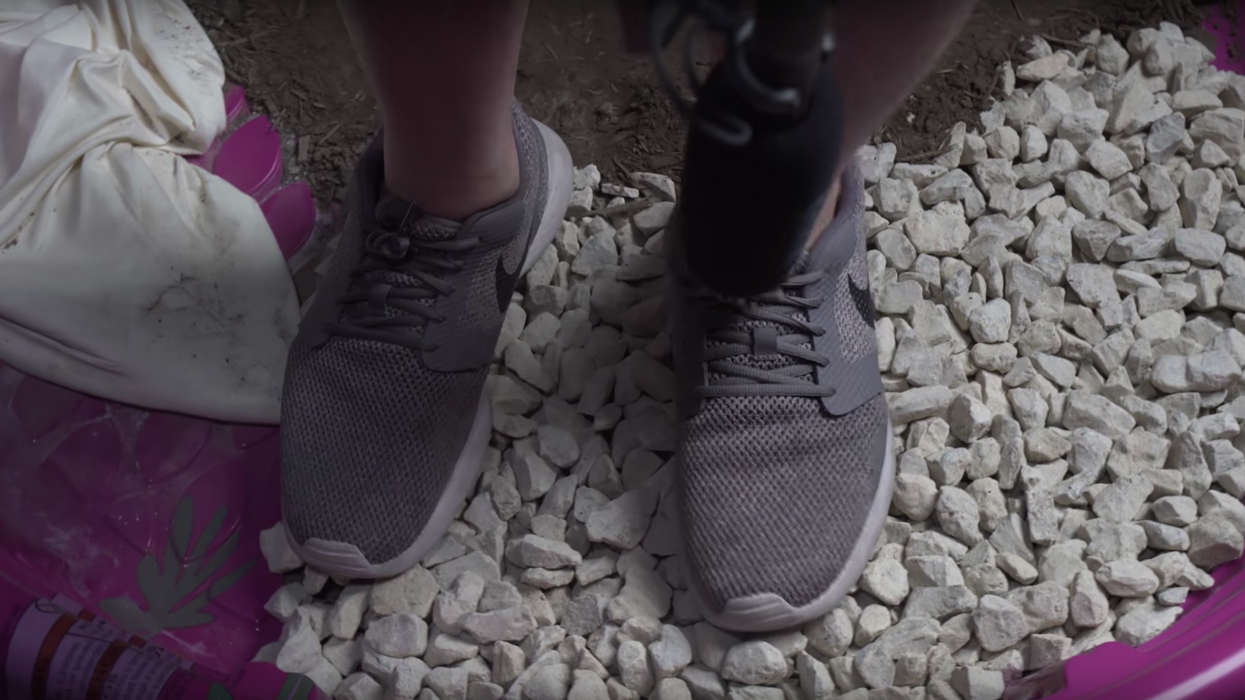3 Things to Remember When Creating Foley Footsteps
Need to create some foley footsteps? Grab a kiddie pool and get started.

Foley is amazing. It's always a thrill to watch a foley artist create familiar sounds out of unfamiliar things, like pulling on a button-up shirt to recreate the sound of a heartbeat. But what about something simple, like footsteps? Those things will make up the lion's share of your foley anyway, so it might be a good idea to learn a few tricks on how to get it just right. In this video, Robbie Janney of Shutterstock shows you how to create three different types of foley footsteps using cheap materials you can buy at any hardware or grocery store. Check it out below:
Materials
The first step in creating footstep sound effects is putting together a decent foley pit. Professional foley artists build large frames which can either be portable or dug into the ground, but if you're just starting out, a kiddie pool will do just fine. Once you have your pit, you'll need to select the materials you'll need to create the specific textures your project calls for.
In the video, Janney uses potting soil for dirt, gravel for, well, gravel, and cornstarch packed into a pillowcase for snow, but there are many other types of techniques and materials you can use to create different foley footsteps. For example, foley artist Susan Fitz-Simon places audio tape over astroturf to create the sound of walking in grass.
Surfaces
Be aware that the surfaces you use, both the one you're stepping on and the one on the bottom of your shoes, will change the way your footsteps sound. Wood has a deeper tone than tile. Wingtips will create higher pitched sounds than a pair of rubber boots. So, pay attention to not only the surfaces your subject is walking on but also the shoes they're wearing while they do it. You don't have to match the surface and footwear exactly—foley artists are famous for using creativity to make sounds out of unusual and unexpected things (like breaking celery to mimic the sound of broken bones)—but it's at least a good place to start.
Walking style
The way you walk matters greatly when creating foley footsteps. What is the walking style of your subject? Do they take hard steps? Do they have a limp? Do they drag their feet a little? All these little idiosyncrasies should be reflected in your foley. Another great tip mentioned by Fitz-Simon is to try and capture both the heel and toe sounds when walking, which means you might look a little funny as you're doing it. This is important to remember because when walking in place in a foley pit, you're not really coming down on your heels, so be sure to do so.
What are some tricks you use to create foley footsteps? Let us know down below.
Source: Shutterstock











